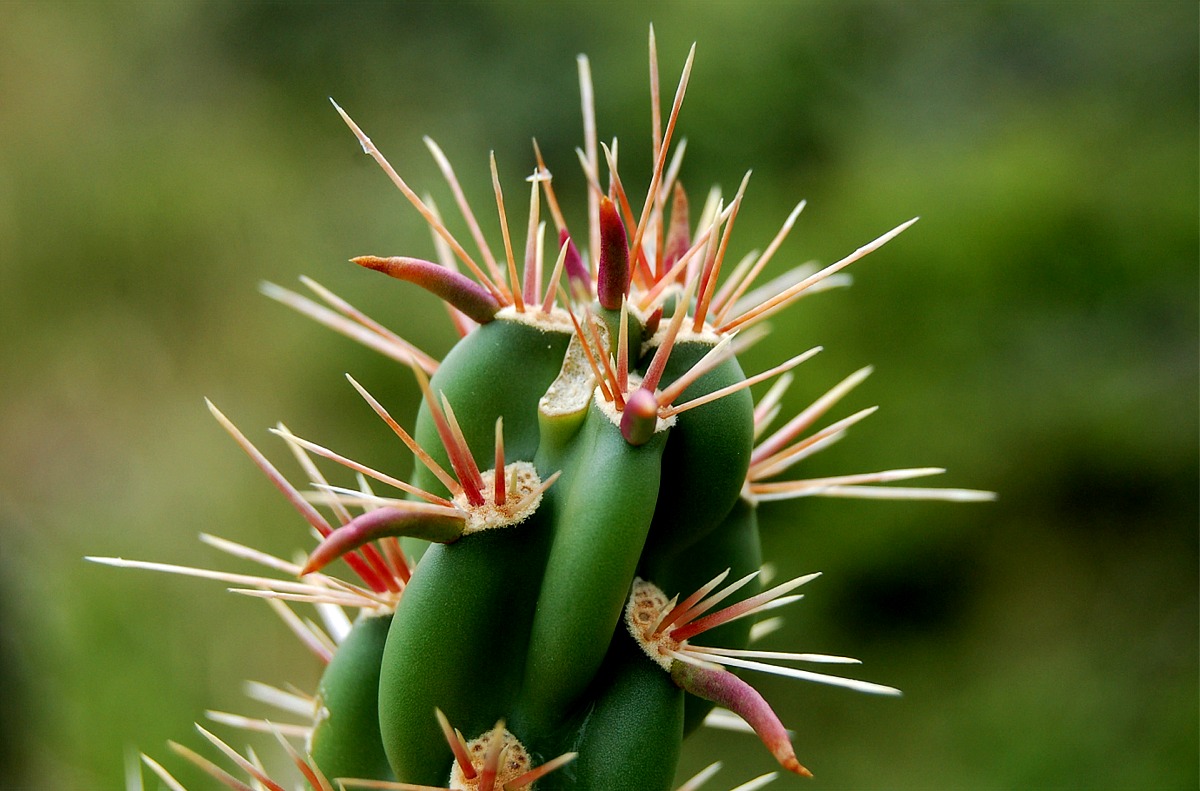This article talks about a brand new way of extracting DNA from cactus plants. Researchers in Phoenix Arizona have found that by grinding up the cactus spine, it has now become much easier and cheaper to do so then before. Before, trying to extract data from cacti was difficult, as the cacti form polysaccharides and other compounds around itself. While this was critical and necessary to the plant for storing water and ensuring survival. it made extracting DNA messy and difficult to sample. This new found way of extracting DNA is cheap, fast and efficient. Similar tests could be done to extract DNA from humans, providing a much safer method that would save time and money. For example, using a person's hair follicles or fingernails to obtain DNA.
Picture Of Cactus Spine

Nos Themes:
Science is tentative: New and better methods of conducting experiments and other tests will take over and replace old tests.
Science is replicateable: The lead author who discovered this method has written a book on it and now virtualy anyone can perorm the experiment.
http://www.biologynews.net/archives/2013/03/05/spinal_tap_using_cactus_spines_to_isolate_dna.html
Is the DNA that is acquired from the cactus plant used for human advancements or treatments? Or is it just simply a new, cheap, and improved way of extracting DNA all together?
ReplyDeleteHow fast and cost effective is this new extraction method? Could it be brought into regular usage amongst the scientific community? Does this method include a quick way to transfer the data into a computer-readable format?
ReplyDeleteI thought this was really interesting! When I read the article, I saw that Shannon D. Fehlberg, the lead author, commented that scientists can always just take a sample of the epidermal tissue but this isn't always the best method if they are working with an endangered or living species. She says that this method (with the spines) proved to be less harmful and easier. I'd like to add the NOS theme that science is collaborative. Fehlberg worked with her colleagues to publish the book and many scientists in Arizona worked on the experiment together. Also, a scientist must always be motivated and curious. I don't think I would have enjoyed clipping cactus spines and trying to extract DNA for days...
ReplyDeleteThis i cool because they figured out how to extract dna by smooshing it which is similar to what we did in class. this makes me feel like a real scientist!
ReplyDelete